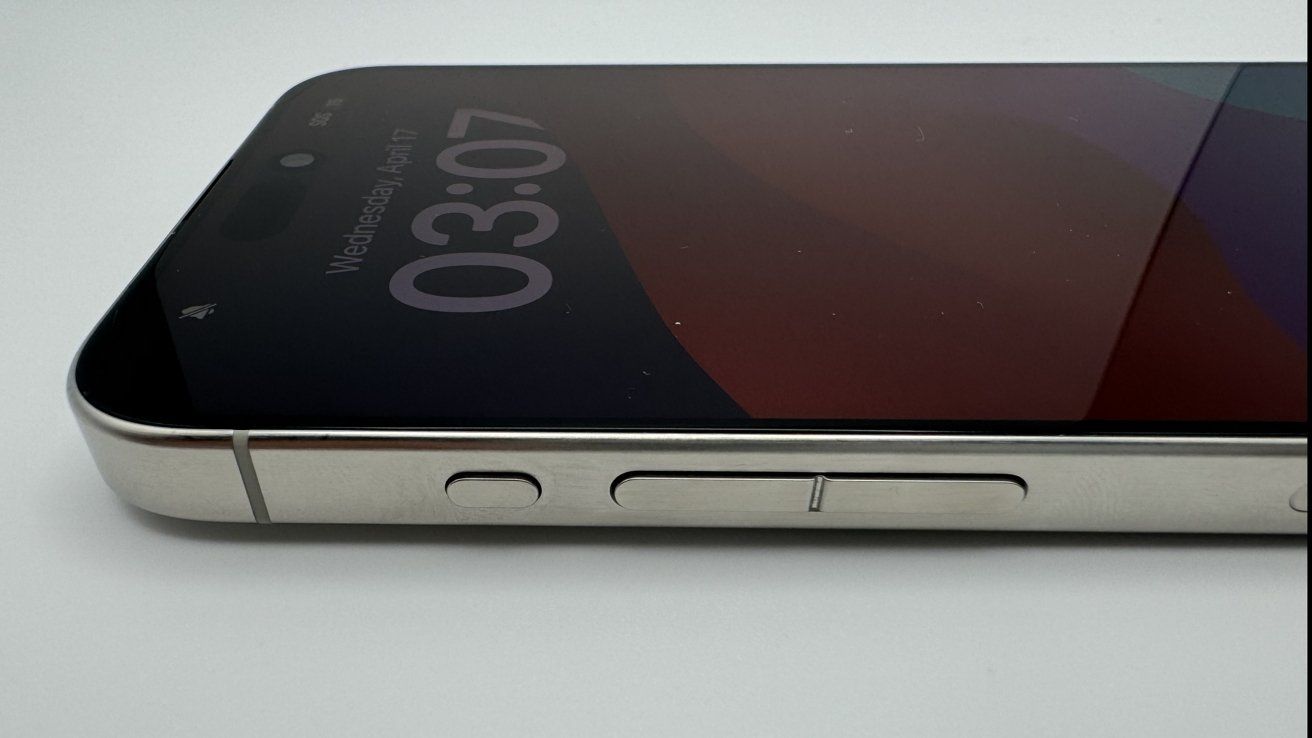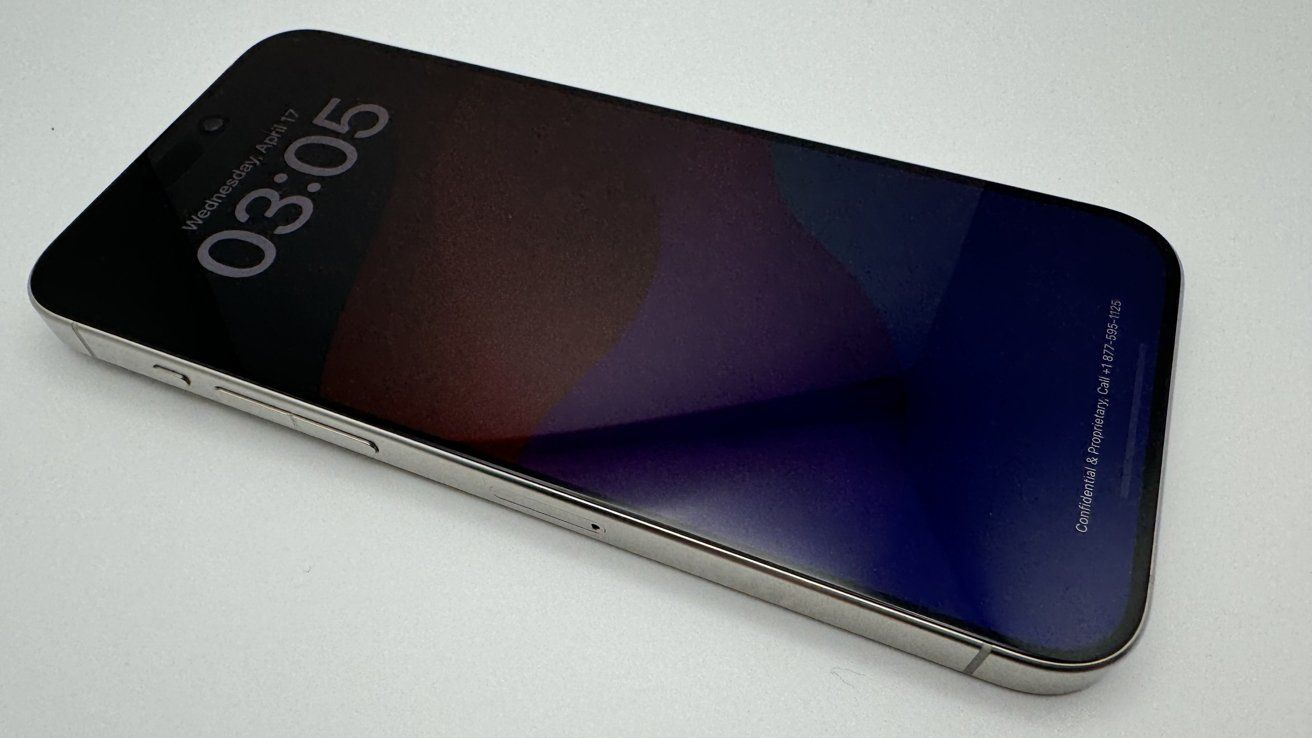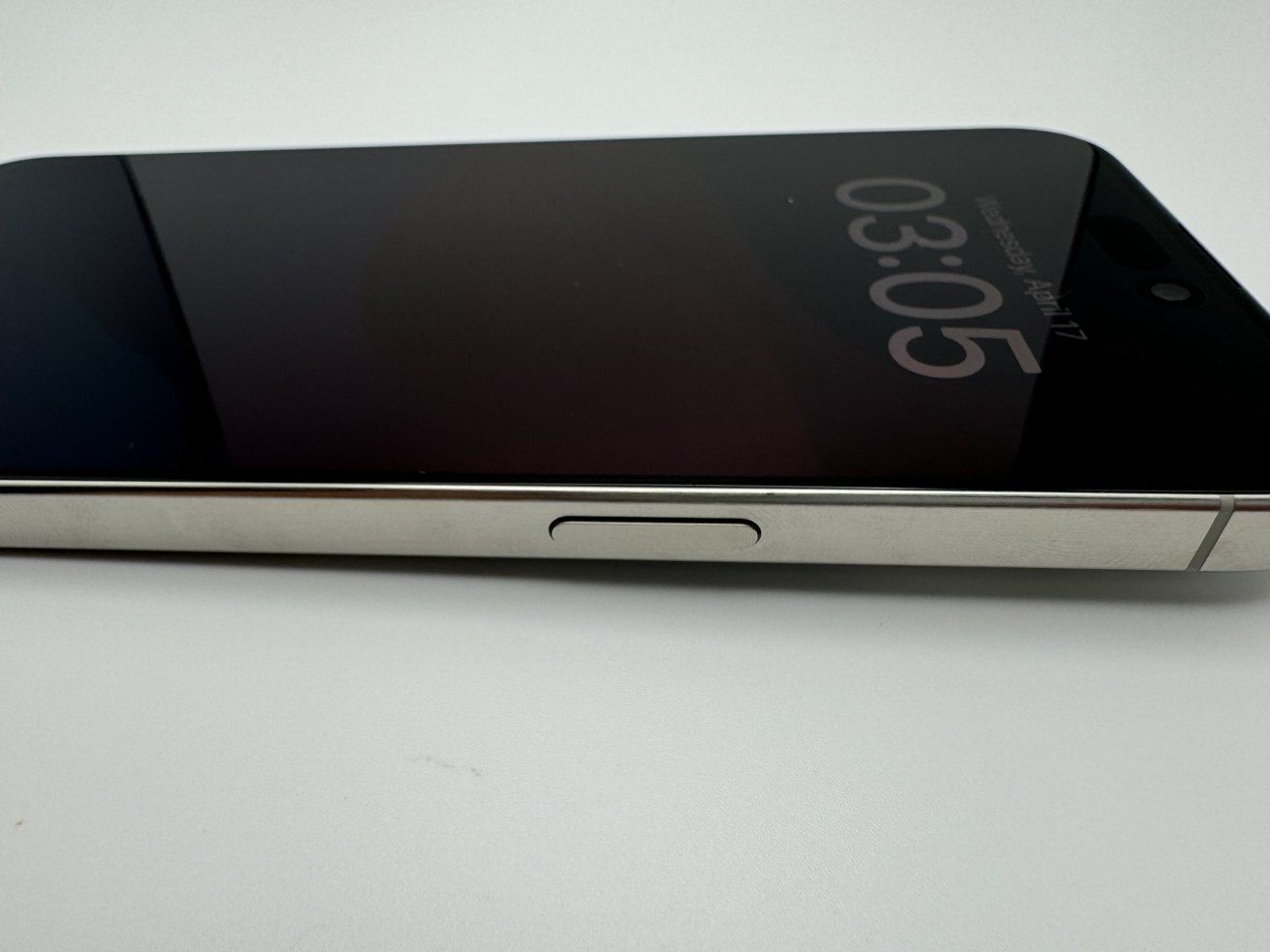Igeekphone, July 10 news, technology media AppleInsider yesterday (July 9) published a blog post, sharing Apple iPhone 15 Pro Max prototype photos, the biggest highlight is the use of codenamed Bongo, the use of tactile design volume/power button.
Development history of Project Bongo
In September 2023, IGEEKPHONE reported on Apple’s Project Bongo, where Apple plans to redesign the volume and power buttons to bring new interactive experiences in terms of functionality and appearance.
In the iPhone 4s, introduced in 2011, Apple began using linear resonance actuators, which greatly reduced the amount of noise generated and significantly improved response times.

Apple later introduced the Taptic Engine in the iPhone 6s in 2015, which allows users to receive haptic feedback by repressing certain areas on the iPhone’s display.

The original design of the Bongo project dates back to 2021, two years before the release of the iPhone 15 Pro, and the goal of the project is to replace the iPhone’s traditional mechanical buttons with improved haptic technology, while Apple may want to reduce the hardware failure rate inherent in mechanical buttons by adopting new technology.

Introduction to Project Bongo
Project Bongo, on the other hand, changes the volume and power buttons from traditional mechanical buttons to tactile buttons that detect pressure and simulate the press of physical buttons by using a tactile engine (tactile feedback) that generates vibration.
Feedback mechanism for pressing tactile buttons in Bongo project:
A bend sensor is fitted below the button to measure the pressure applied to the button.
The strain gauge detects a change in pressure, converts it into a change in resistance, and accurately measures the change.
Sends a signal to the main logic board indicating that the button is pressed.

The main logic board sends power commands to the Bongo tactile engine
The Bongo Haptic engine uses electromagnetic fields to generate vibrations
Tactile feedback is then generated through vibration, and a slight upward movement towards the finger mimics the feeling of a physical button being pressed.

iPhone 15 Pro Max prototype
This exposure is the EVT phase prototype of the iPhone 15 Pro Max, the device identification code during development is D84, and the project code is “Veyron”.
Apple canceled the Bongo project in April 2023, and these EVT prototypes were the last to include Apple’s haptic buttons.
On the system side, the EVT prototype runs the InternalUI version of iOS 17. This means that the device contains a specialized variant of the iPhone operating system that Apple engineers use internally for development and testing purposes.
In the subsequent CRB and DVT prototype phase, Apple eliminated the tactile buttons on the iPhone 15 Pro and iPhone 15 Pro Max in favor of traditional mechanical buttons.

Experience
The source said that the tactile buttons on Apple’s iPhone 15 Pro and iPhone 15 Pro Max were originally designed to be somewhat similar to traditional mechanical buttons, with users still moving after pressing them. If the device is turned on, the tactile volume and power keys will produce feedback and a clicking sound when pressed.
According to the source, tactile feedback is generated immediately after the user presses and releases the tactile button, and it works basically the same way as Apple’s Magic Trackpad, producing an overall feedback and press sound.
If the device is turned off, and the battery is exhausted and the charging indicator cannot be displayed, after the user presses the tactile button, the button will still move, but will not provide tactile feedback to the user. Simply put, the tactile experience needs power supply, and there is no tactile feedback without power supply.
According to people familiar with the matter, the Bongo buttons use special firmware that mentions a ‘deep sleep’ mode. Once the device is turned off or inactive for a long period of time, the deep sleep mode is likely to be activated.
The source revealed that the button responds to pressure even when touched by a gloved finger or used in a pocket. This means that the button can detect pressure changes without direct contact with the skin.
The key hardware components of Apple’s Bongo project and how it works
The assembly has two strain gauges, one on each side of the button, which detect changes in pressure and convert them into changes in resistance within the circuit. A change in resistance results in a change in voltage, and the potential difference between the two strain gauges is used to determine the position of the pressure origin (volume increases or volume decreases).
To advance the Bongo project, Apple developed the “Bongo Haptic Engine,” an electromagnetically driven reluctance motor. Reluctance motor is a kind of advanced motor commonly used in microelectronics field.
By using reluctance motors, Apple is able to achieve faster vibration speeds than traditional vibration motors, while also providing faster response times. The Bongo Haptic engine is designed to provide more nuanced vibration feedback, as well as a better user experience.
The Bongo Haptic engine consists of a ferromagnetic core and copper coils, which together form a solenoid. The tactile engine generates vibrations by oscillating relative to the suction plate located directly below it.









